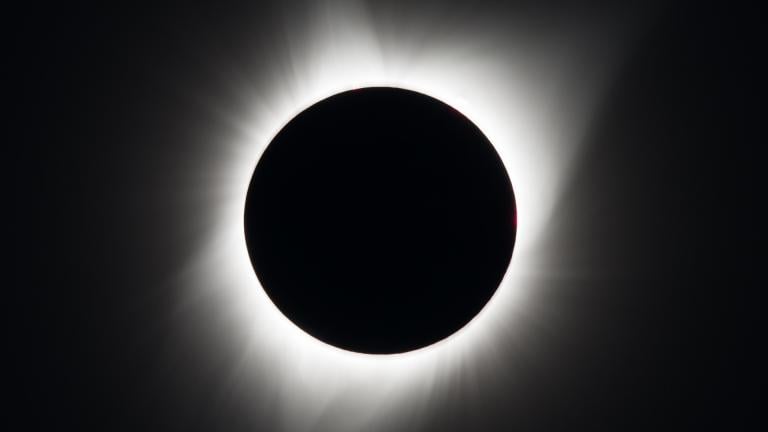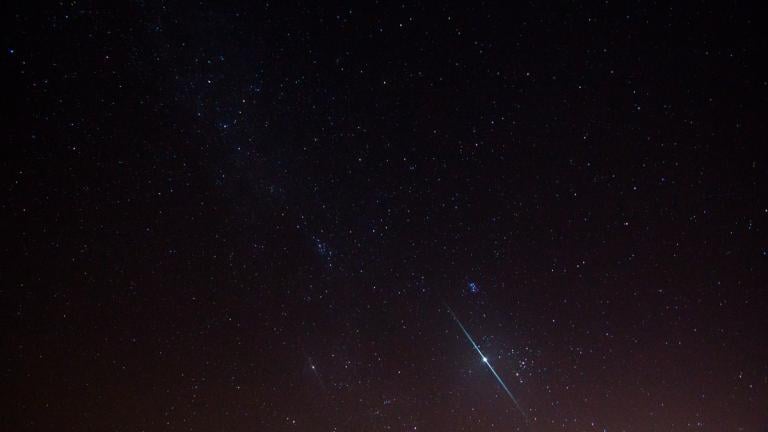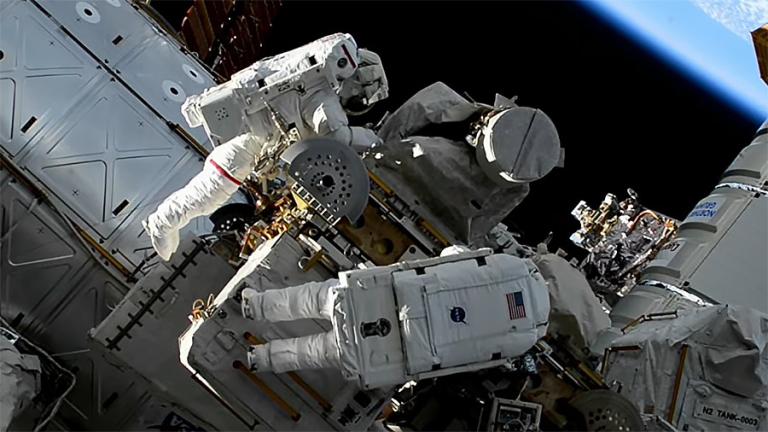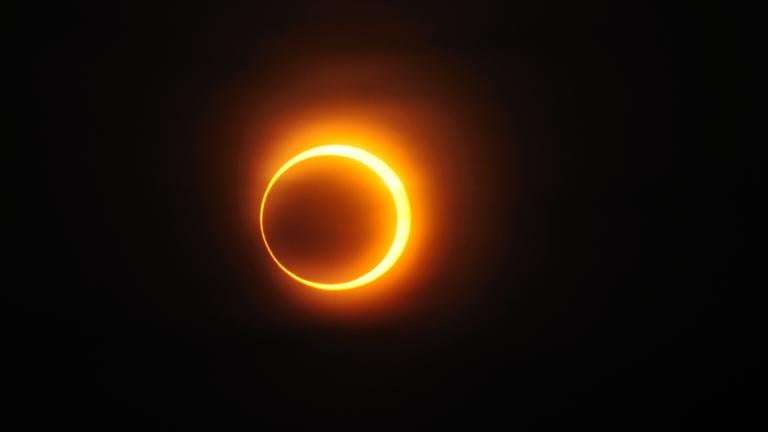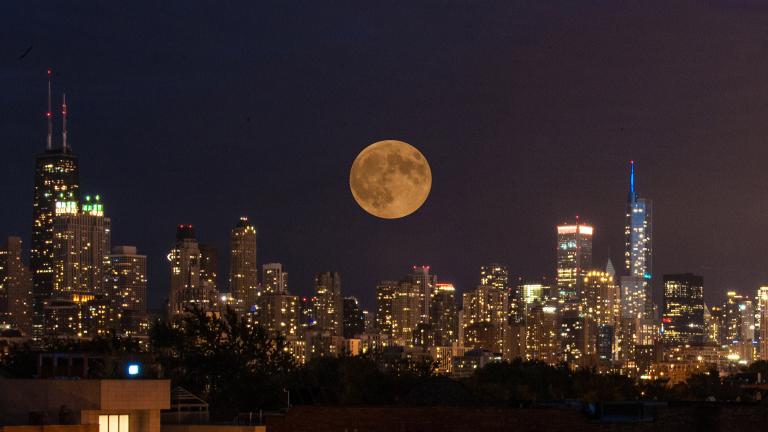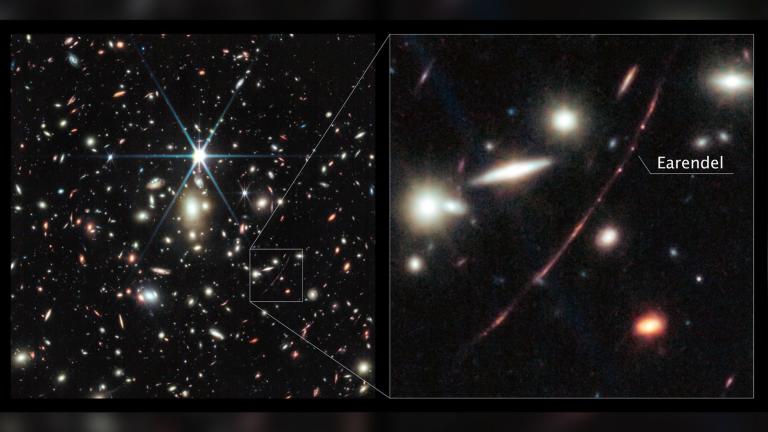If you’ve been sleeping on the North American total solar eclipse of 2024, it’s time to start paying attention. The big event — on April 8 — is fast approaching and folks who haven’t prepared could find themselves left out in the dark.
Though Chicago isn’t in the “path of totality,” where the moon will completely cover the sun, our corner of Illinois is still in for a show, with a visible partial eclipse of 90-95%.
Eclipse glasses or handheld solar filters will be an absolute necessity for viewing the eclipse. Sunglasses will not cut it. Repeat, sunglasses will not cut it. Solar filters are at least 1,000 times darker than ordinary sunglasses.
To quote the American Astronomical Society (ASA): “Outside the path of totality, and throughout a partial solar eclipse, there is no time when it is safe to look directly at the sun without using a special-purpose solar filter.”
And because we live in an age where everything needs to be photographed, take note: Smartphone cameras will need a filter too. That also goes for regular cameras, telescopes, binoculars or other devices.
These filters are already beginning to sell out, and plenty of counterfeits are flooding the marketplace. Whether you’re shopping online or in-store, here’s what you need to know:
— Avoid any product that says it’s “NASA-approved.” NASA is not in the business of recommending products, and it hasn’t approved any brand of eclipse filter.
— Look for glasses/filters that are ISO-certified. Specifically, they need to comply with ISO 12312-2.
— Don’t be lured by the cheapest deal on Amazon or other sellers.
— Do trust astronomers. NASA may not be recommending filters, but it is recommending that people follow the guidance of the ASA, which has compiled an extensive and thoroughly researched list of manufacturers and vendors selling legit eclipse glasses and filters. Click here for suppliers.
Here are answers to some other common questions.
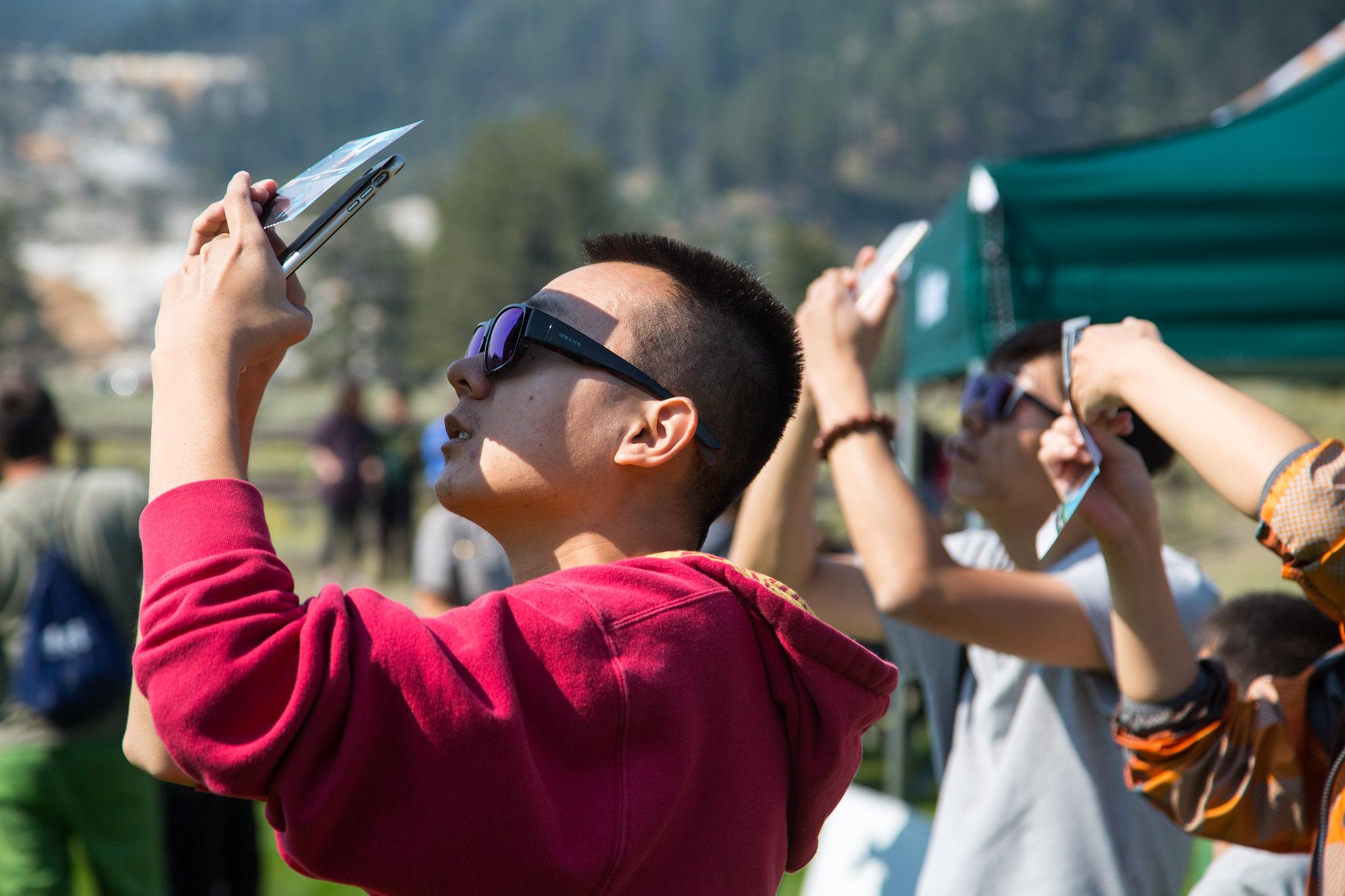 Don't forget: Smartphone cameras need eclipse filters too. (National Park Service / Flickr Creative Commons)
Don't forget: Smartphone cameras need eclipse filters too. (National Park Service / Flickr Creative Commons)
Is it OK to re-use the eclipse glasses/filters I still have from 2017?
The answer is yes as long as they’re not scratched, punctured or otherwise damaged. Again, just make sure they have that ISO 12312-2 label. When in doubt, get a new pair.
What about welding filters?
Those are safe, with a caveat: Look for shade 13 or 14, which best matches solar viewers. Anything lower than 12 is not recommended, and 15 or higher will be too dark. Just know that the image viewed through a welding filter will be green instead of yellow-orange or white.
What about people who wear glasses?
Put the eclipse glasses over your corrective lenses or opt for a handheld filter. There also are clip-on filters — just be sure to purchase from a supplier on the ASA list.
Does my phone need a filter if I’m wearing eclipse glasses?
Yes. The ASA supplier list has multiple smartphone filter options, including some that do double-duty as a camera filter and handheld viewer. Some phone filters make use of apps to help adjust exposure levels, so you’d be wise to practice in advance rather than wait till the moment of totality.
Or you can just live in the moment and skip the phone altogether.
Is there any hope for procrastinators?
If you’re comfortable rolling the dice, sure.
Retailer Warby Parker will be doling out free eclipse glasses in-store beginning April 1. Customers can pick up two pairs per family, while supplies last.
If the big day arrives and you still don’t have eclipse glasses, there are also DIY methods for “viewing” an eclipse without looking directly at the sun. You can use your own hands or common kitchen items like a colander or slotted spoon to project a solar image onto a nearby surface.
If I miss out in 2024, when’s my next chance to view a solar eclipse?
Though it’s only been seven years since the last total solar eclipse was visible in the U.S., the wait for the next one will be much longer. The continental U.S. won’t see another one until 2044.
Southern Illinois Is Ready for Flood of Eclipse Tourists
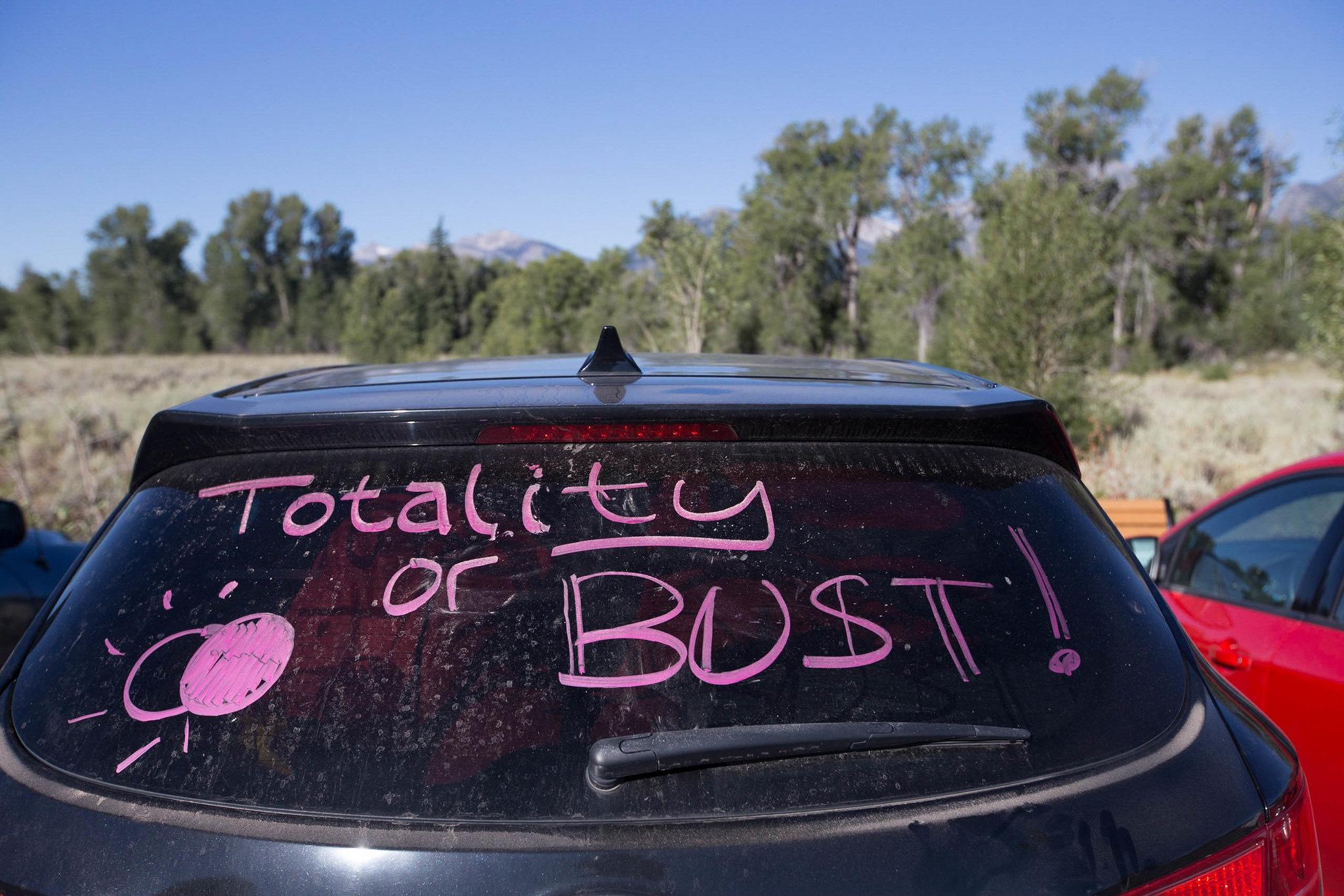 (National Park Service / Flickr Creative Commons)
(National Park Service / Flickr Creative Commons)
“We are planning for an astronomical, pun intended, event,” Daniel Thomas, deputy director of the Illinois Department of Commerce and Economic Opportunity, Office of Tourism, said at a media briefing.
Southern Illinois finds itself in the path of totality for a solar eclipse for the second time in less than 10 years, and officials said lessons learned in 2017 have informed preparations for 2024.
The biggest message to anyone traveling to southern Illinois for the eclipse: Come early and stay late.
With the eclipse happening on a Monday, officials are encouraging people to extend their visit on the front and back ends and enjoy the region’s state parks, national forest and other attractions.
Southern Illinois University in Carbondale is situated smack in the middle of the path of totality and is hosting the Crossroads Eclipse Festival, April 5-8. The centerpiece of the festival is sure to be an eclipse day event at Saluki Stadium, featuring guests from NASA and the Adler Planetarium, as well as telescope feeds from across North America shared on screens and scoreboards throughout the stadium.
Parks, campgrounds and hotels are all ready to handle multitudes of visitors, with reservations still available. “Please pre-plan,” Thomas said. “This is not something you do day-of.”
Based on experience, plenty of folks won’t heed that advice.
Rob Graeff, bureau chief of operations for the Illinois Department of Transportation’s southern district, said his team, in partnership with the Illinois State Police, is working to minimize traffic hassles — including removing construction lane closures where possible — but delays should be expected.
People will be discouraged from parking on highway shoulders to view the event, and using rest areas as camp grounds will also be prohibited, he added.
“The biggest thing I can stress is patience,” said Graeff.
In 2017, the crush of cars happened when the eclipse ended, said Graeff, who likened the scene to the moment when an airplane lands and everyone stands up at once to deboard.
“Stay awhile,” was Graeff's advice.
Note: This article was published March 11, 2024, and updated with video March 14, 2024.
Contact Patty Wetli: @pattywetli | (773) 509-5623 | [email protected]

